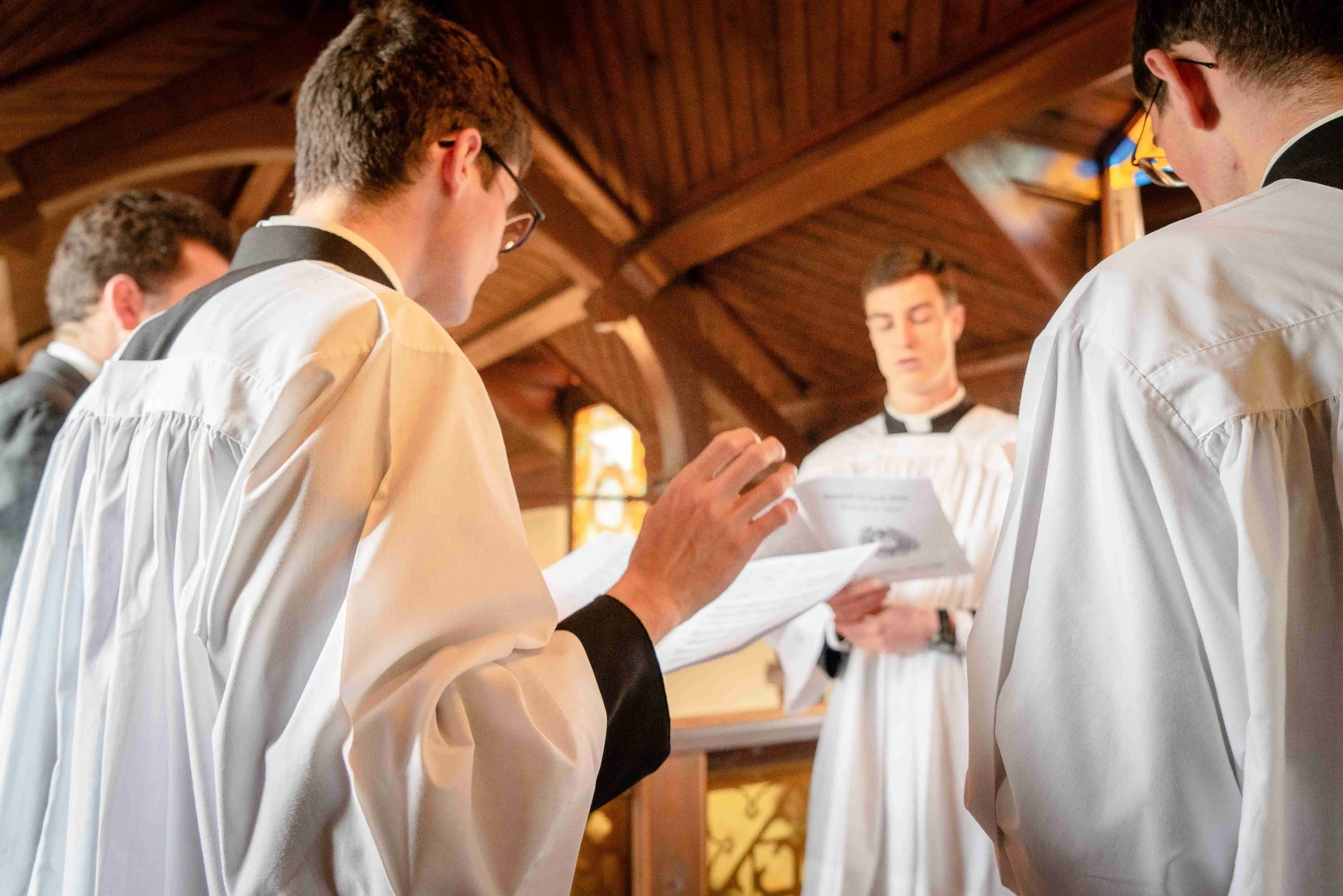What Are Gregorian Chants?
Gregorian chants are a form of sacred music that originated in the Catholic Church during the medieval period. They are named after Pope Gregory I, who is traditionally credited with having organized and codified the chants in the sixth century.
The chants are sung in Latin and are characterized by a monophonic texture, meaning that all voices sing the same melody, but at different times. They are typically sung a cappella, without instrumental accompaniment, and are designed to enhance the text and provide a meditative, contemplative atmosphere.
The chants are organized into a system of modes, or scales, which are characterized by their own unique melodic patterns and intervals. Each mode is associated with specific liturgical occasions or seasons, and the chants are used to enhance the meaning and symbolism of the liturgy.
Gregorian chants have had a significant influence on Western music and have been studied and performed by musicians and scholars for centuries. They continue to be used in Catholic liturgy today, as well as in concerts, recordings, and other musical performances.
What Is Solfeggio?
Solfeggio is a term used to describe a system of musical notation that uses syllables to represent the different pitches of a musical scale. The solfeggio system is used primarily in Western music, and is also known as "solfa" in some regions.
In the solfeggio system, each note of the scale is represented by a syllable, which helps singers to learn and remember the pitches of a melody. The most common solfeggio syllables are do, re, mi, fa, sol, la, and ti.
In addition to its use in musical notation, the term "Solfeggio frequencies" is also sometimes used to describe a set of six tones that are believed to have powerful healing properties. These frequencies are said to have been used in ancient Gregorian chants, and are believed to correspond to different aspects of healing, such as DNA repair and transformation.
While there is limited scientific evidence to support the use of Solfeggio frequencies for healing, some people find them to be a helpful tool for relaxation and meditation. There are various ways to listen to or incorporate frequencies like these into one's routine, including through the use of music, sound baths, or meditation practices.
Gregorian chants are not associated with a specific frequency, but rather with a system of modes or scales, each of which has its own unique melodic pattern and interval structure.
However, there is a concept called the "Solfeggio frequencies" that are sometimes associated with Gregorian chants. The Solfeggio frequencies are a set of six tones that were used in ancient Gregorian chants and are said to have powerful healing properties. Each frequency is believed to correspond to a different aspect of healing, with 528 Hz, for example, being associated with DNA repair and transformation.
It's important to note that the use of Solfeggio frequencies for healing is not scientifically proven, and there is some debate among experts about their effectiveness. While some people find them to be a helpful tool for relaxation and meditation, others are skeptical of their claims.
Find me on Twitter @JerryMooney




